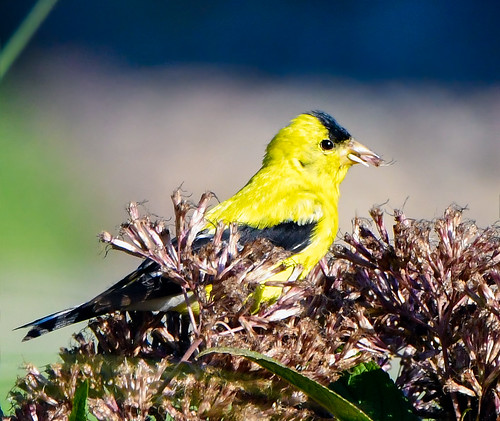ac12
Been spending a lot of time on here!
- Joined
- Dec 5, 2017
- Messages
- 2,640
- Reaction score
- 914
- Location
- SF Bay Area, California, USA
- Can others edit my Photos
- Photos NOT OK to edit
Trick to learning to track/pan.
Important, when you pan is to keep following the subject even after the shot(s).
I use a stance that is based on a shotgun shooters stance, so I can do the L->R and L<-R track, with minimal feet movement.
gud luk
- Go to a LARGE park or open area that is next to a road.
- Set up about 500ft or more from the road.
- Practice tracking/panning cars L->R and L<-R.
- As you get better and confident, move closer in steps, maybe 50 feet at a step.
Important, when you pan is to keep following the subject even after the shot(s).
I use a stance that is based on a shotgun shooters stance, so I can do the L->R and L<-R track, with minimal feet movement.
gud luk

 Golden Finch
Golden Finch



![[No title]](/data/xfmg/thumbnail/33/33358-426ca644c08fb31a8cc23232f17de8dd.jpg?1734163283)







